Table of Contents
What is Wastewater Treatment?
It is the process of removing contaminants from wastewater, including household sewage and industrial wastewater before it is discharged into the environment or reused. The treatment process typically involves a combination of physical, chemical, and biological processes to remove organic and inorganic pollutants, nutrients, and pathogens from the wastewater.
The goal of wastewater treatment is to produce an effluent that is safe to release into the environment or to be reused, and to minimize the impact of wastewater on the environment and human health. The treated wastewater can be used for a variety of purposes, such as irrigation, industrial processes, and even drinking water in some cases.
Wastewater treatment is an essential process for protecting public health and the environment, and it plays a crucial role in ensuring sustainable water management practices.
Steps Involved in Wastewater Treatment:
Various steps involved in the treatment of wastewater are shown in the figure below.

Primary Treatment:
It is a physical process for the removal of debris and large particles with help of a screen. The wastewater after screening is passed through a grit chamber where sand, grit, and
other solids settle down. The wastewater is then passed through the sedimentation tank or clarifier where most of the suspended solids settle down due to gravity. For better removal of suspended solids, sometimes chemically treated polymers are used. About 35% of BOD and 60 % of suspended solids are removed during primary treatment.
Secondary Treatment:
It is a biological process that involves microorganisms. It removes up to 90% of the BOD and 90% of suspended solids. Biodegradable oxygen demanding wastes are stabilized. Following are the various approaches adopted in secondary treatment.
Trickling Filters:
These consist of a bed of crushed stones/pebbles covered with slime which consists mainly of aerobic bacteria, algae, fungi, protozoa, worms, and insect larvae. Sewage is degraded by aerobic bacteria when it passes through the bed and is collected at the bottom of the filter. Some of the treated sewage may be recirculated along the influent. It helps in better removal of organic matter and also keeps the filter most when the flow rate over the filter is slow.
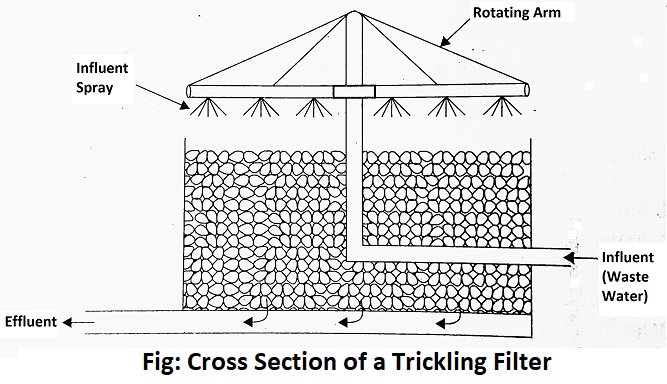
Activated Sludge Process:
It involves introducing air into wastewater, which stimulates the growth of aerobic microorganisms that break down organic matter. The process takes place in aeration tanks, where wastewater is mixed with activated sludge, a mixture of microorganisms and organic matter.
The microorganisms in the activated sludge consume the organic matter in the wastewater, using it as a source of energy and nutrients. As they consume the organic matter, they produce more microorganisms, which settle out in a secondary clarifier as sludge. This sludge is then recycled back to the aeration tank to continue the treatment process.
The activated sludge process can effectively remove organic matter, suspended solids, and nutrients from wastewater, making it a popular method for municipal and industrial wastewater treatment. However, the process requires careful management to maintain the proper balance of microorganisms and nutrients, and to prevent the growth of filamentous bacteria, which can lead to operational problems.
Rotating Biological Contactor (RBC):
It consists of circular plastic discs which are arranged on a rotating shaft. Circular discs have microorganisms grown on them. The discs are contained in a wastewater holding tank. About 40% area of the discs is submerged in the tank. The discs rotate in and out of water as the RBC rotates. The microorganisms present on the discs absorb organic matter when they are in water and obtain the required oxygen when the discs are out of water. Thus a high degree of organic matter removal is achieved.
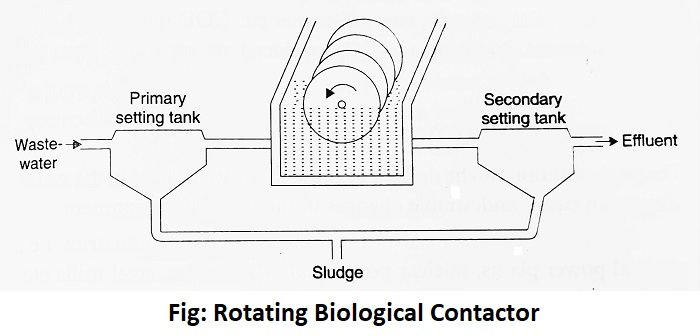
Advanced Sewage Treatment:
After the primary and secondary treatment, many undesirable substances still remain in the effluent. Advanced water treatment involves the removal of such substances. The treatment, therefore, involves specific steps depending on the type of substances to be removed. The materials to be removed in such treatment may include nitrates and phosphates (which cause eutrophication of receiving waters), color, bacteria, viruses, pesticides, toxic metals, etc. Chlorination of water is generally done to kill harmful bacteria and some viruses. However, chlorine can produce cancer-causing chlorinated hydrocarbons by reacting with organic matter. Other, but costly methods of disinfection are the use of ultraviolet light and ozone treatment. The sludge produced after such treatment is used as a fertilizer in the fields. However, there are chances of toxic metals and other untreated substances building up in the food chain or leaching into the groundwater.
Upflow Anaerobic Sludge Blanket (UASB) Reactor:
Upflow anaerobic sludge blanket (UASB) reactor is a type of anaerobic digester used for the treatment of industrial wastewater and sewage. It is an efficient and cost-effective method for the removal of organic pollutants from wastewater. The reactor works on the principle of the anaerobic digestion process, where the organic matter in the wastewater is converted into biogas by the action of anaerobic bacteria.
The UASB reactor is a tall, cylindrical vessel that is filled with granular sludge, which acts as a medium for the attachment and growth of anaerobic microorganisms. The wastewater is introduced at the bottom of the reactor and flows upward through the sludge bed. As the wastewater flows upward, the organic matter in it is converted into biogas by the anaerobic bacteria in the sludge. The biogas, which is primarily composed of methane and carbon dioxide, is collected at the top of the reactor and can be used as a renewable source of energy.
The UASB reactor is a popular choice for wastewater treatment due to its low energy requirements, minimal sludge production, and high treatment efficiency. It is particularly effective in treating wastewater with high organic content, such as from food processing, paper mills, and breweries. However, the reactor requires careful control and monitoring to maintain optimal conditions for the anaerobic microorganisms, and may not be suitable for treating wastewater with high concentrations of toxic pollutants.
Why is Wastewater Treatment Important?
Wastewater treatment is important for several reasons:
(1) Protection of public health: Wastewater can contain harmful pathogens, such as viruses, bacteria, and parasites, that can cause serious diseases. Proper treatment of wastewater can remove or significantly reduce the levels of these pathogens, thereby protecting public health.
(2) Protection of the environment: Wastewater can contain a variety of pollutants, including nutrients, organic matter, and heavy metals, that can have harmful effects on aquatic ecosystems. Untreated wastewater can also lead to eutrophication, which can result in oxygen depletion and the death of aquatic organisms. Wastewater treatment can remove these pollutants and prevent environmental degradation.
(3) Conservation of water resources: Wastewater can be treated and reused for a variety of purposes, such as irrigation, industrial processes, and even drinking water. Wastewater treatment can help conserve water resources by reducing the demand for fresh water.
(4) Compliance with regulations: Governments around the world have regulations and standards in place for the discharge of wastewater into the environment. Proper wastewater treatment is necessary to meet these regulations and prevent fines or legal action.
Overall, wastewater treatment is important for protecting public health, the environment, and water resources, and for ensuring compliance with regulations. It is a critical process that helps to ensure a sustainable future for our planet.
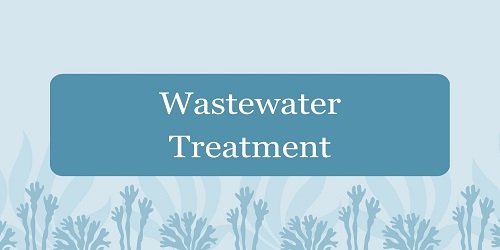
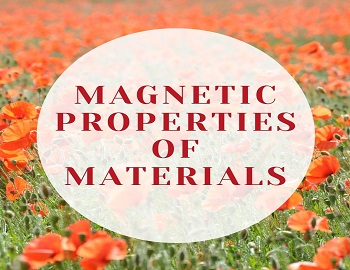




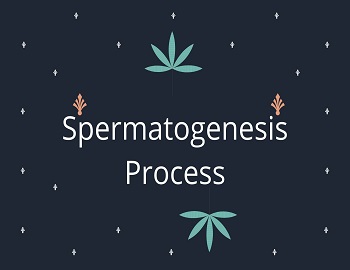
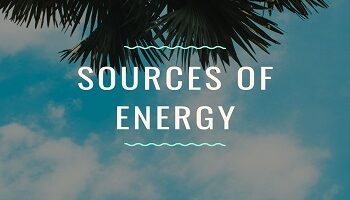
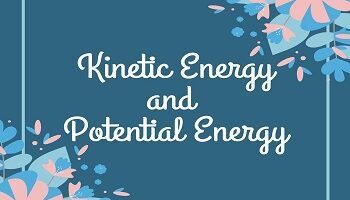
Comments (No)